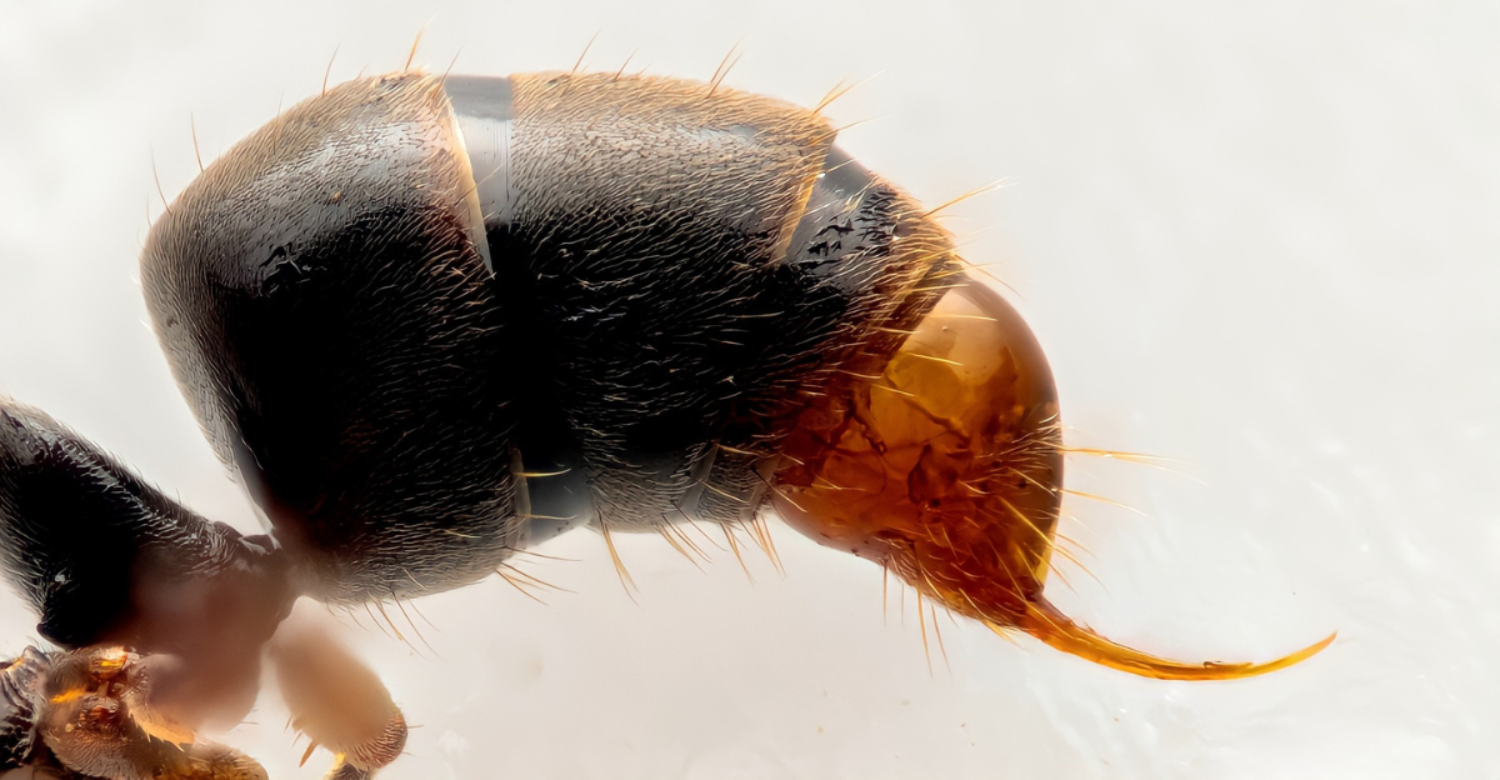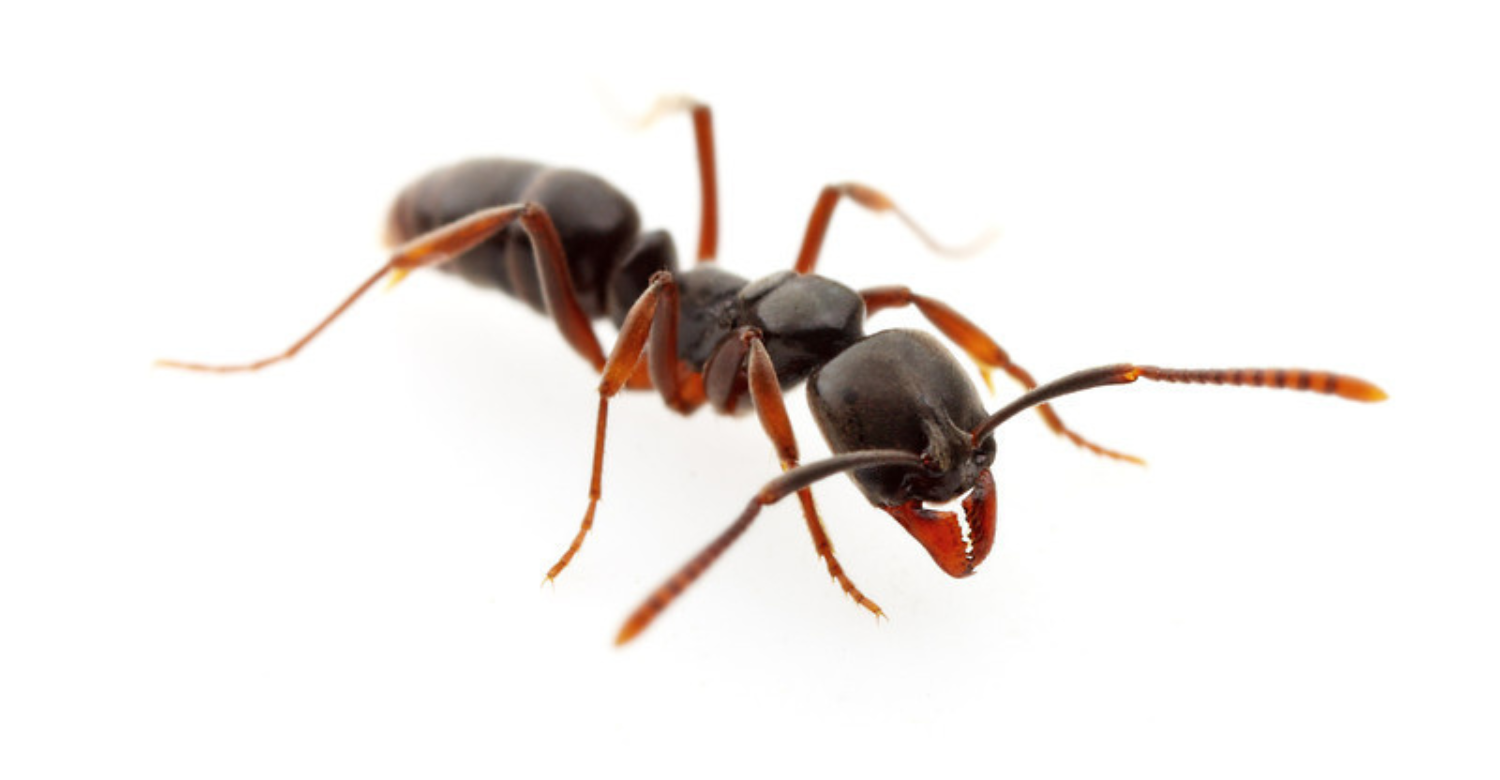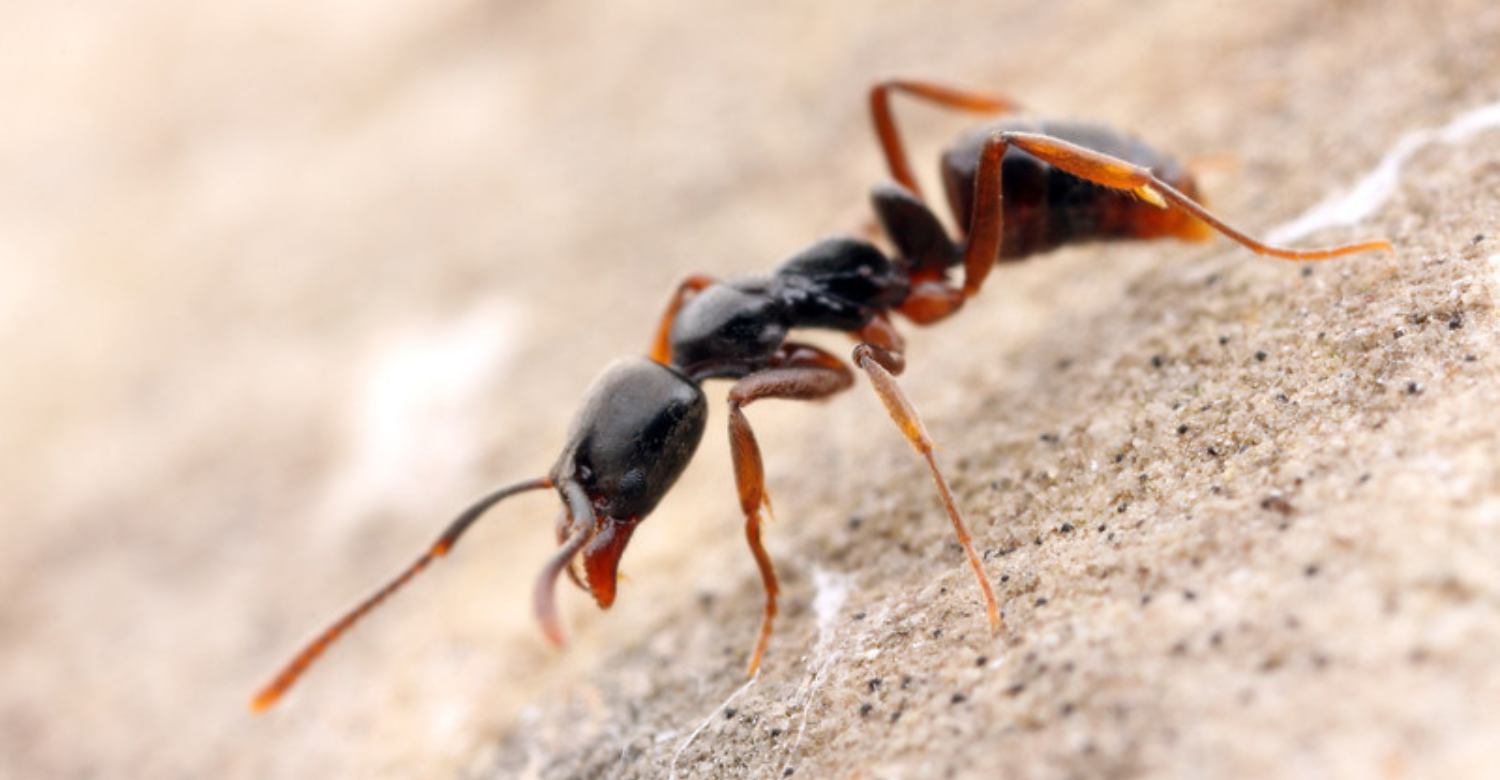
Ants are some of the least intimidating critters out there, but some of these species have quite a punch in their bite, especially this silent but serious threat creeping through the United States. Native to East Asia, these Asian needle ants have raised alarms among scientists and public health officials due to their ability to deliver venomous stings.
With a recent spike in their population, these tiny critters are sweeping through 20 states and making quite an impact. Do you have the risk of finding a few in your backyard?
The Asian Needle Ant

These sneaky critters are small, slender insects known for their dark brown to black bodies and lighter orange-brown legs and antennae. Workers typically measure 5 to 6.5 millimeters in length. Fun fact: the Asian needle ant cannot climb smooth surfaces like glass. This species was first detected in the United States in the 1930s and has since spread across the eastern and southeastern states, with sightings now as far west as Washington and Wisconsin.
“There are other ant species in the Eastern United States that superficially resemble Asian needle ants, so it takes an experienced eye to positively identify them,” said the USFS.
Where They Nest and How They Spread

Asian needle ants prefer to nest in moist, shaded, and protected environments like the insides of rotting logs, leaf litter, beneath rocks, and in loose soil. Their colonies are polydomous, meaning a single colony can occupy several nests and be polygynous, with multiple queens coexisting in each colony. These ants are adaptable, thriving in natural undisturbed habitats like forests and disturbed urban or suburban areas like residential lawns and office parks.
“They’re pretty widespread on the East Coast,” said Daniel Suiter, a professor of urban entomology at the University of Georgia. “If you live in an area which is dominated by hardwood trees, there’s a good chance there are Asian needle ants underfoot.”
A Sting With Deadly Consequences

These little critters might be small, but they pack quite a punch. Their sting can be life-threatening to those suffering from insect bite allergies. When they feel disturbed or trapped, they release a venom so potent that it can lead to severe allergic reactions, including anaphylactic shock. While most people will experience localized pain, redness, and swelling that may recur hours or even days after the sting, those with a history of allergies to bee or ant stings are at significantly higher risk and are advised to carry an EpiPen and seek immediate medical attention if symptoms worsen.
“Imagine somebody inserting a needle directly into your flesh,” said Benoit Guénard, a professor of ecology and entomology at the University of Hong Kong. “It’s a very sharp, acute pain, but it’s quite local.”
Rapid Expansion Across the U.S.

These ants were initially found in Georgia in the 1930s but kept to themselves until about two decades ago. Their discreet nesting habits and ability to thrive in natural and urban environments have allowed them to quietly establish colonies from Florida to Connecticut and westward into the Midwest and Pacific Northwest.
“Most ants are in-your-face invasive, they lay a pheromone trail to get to food. You can’t miss an ant trail that’s half an inch wide,” said Suiter. “These remain hidden.” This rapid expansion raises serious health and ecological concerns, as the ants’ presence is often only discovered after someone has suffered a painful or life-threatening sting.
States That Should Be on the Lookout

These sneaky ants have now been confirmed in at least 20 to 21 states across the country. While the highest concentrations are found in the southeastern and northeastern U.S., sightings have also been reported in Wisconsin, Texas, and Washington, showing just how adaptable they are in different climates.
States with documented presences include New York, Alabama, North Carolina, Georgia, South Carolina, Tennessee, Florida, Virginia, and Connecticut. With the ant’s range expanding rapidly, experts urge people living in these and neighboring states to familiarize themselves with the Asian needle ant’s appearance and nesting habits.
Who Is Most at Risk?

While their sting can be excruciating, not everyone reacts to their venom in the same way. People with a history of allergic reactions to insect stings are at the greatest risk from the Asian needle ant’s venomous sting, as they are more likely to experience severe or even life-threatening anaphylactic shock. Medical experts recommend that anyone with known sensitivities to stinging insects carry an EpiPen and seek immediate medical attention if stung.
“People are most often stung when they’re working in their garden,” said Theresa Dellinger, a diagnostician at the insect identification lab at Virginia Tech. “Nobody likes to be putting in their bedding plants and then suddenly have unexpected pain.”
Medical Incidents on the Rise

Reports of medical incidents linked to Asian needle ant stings are increasing as these invasive insects expand their territory across the United States. Many victims require immediate medical intervention, and some have needed hospitalization due to the rapid onset of life-threatening symptoms. As their populations grow, so does the risk of having them in the area.
“In 25 years, I’ve had one phone call from an individual who was stung by a fire ant and suffered anaphylaxis, another one by something called a twig ant,” Suiter said. “When I start getting calls annually about people who have been stung by an Asian needle ant, it says to me that there’s a trend there.”
Symptoms of a Dangerous Sting

A sting from the Asian needle ant is often described as intensely painful, with sharp, burning discomfort at the site that can persist or fluctuate for several hours. Most people will notice immediate localized symptoms such as redness, swelling, itching, and hives, which may last a few hours to several days.
For a small but significant portion of the population, the sting can trigger severe systemic reactions, including dizziness, nausea, vomiting, diarrhea, low blood pressure, swelling of the tongue or throat, difficulty breathing, and even loss of consciousness.
Why Now?

The explosive spread of the Asian needle ant across the United States is fueled by changing climate conditions and human activity. Warmer, wetter weather patterns are creating more suitable habitats for these ants, allowing them to thrive in previously inhospitable regions.
Scientific models predict North America’s land suitable for Asian needle ants could increase by nearly 75% as temperatures rise. At the same time, human activities like moving landscaping materials, potted plants, mulch, and firewood are inadvertently transporting colonies into new neighborhoods and states, further hastening their expansion.
What Can You Do To Get Rid of Them?

If you’re set on getting rid of these sneaky critters or even just preventing them from getting into your garden in the first place, you’re on the right track. Start by regularly inspecting your property for signs of ant activity or nesting sites. Remove potential nesting materials like woodpiles, excess mulch, and yard debris, and keep vegetation trimmed away from your home’s foundation. If an infestation is suspected, baiting with slow-acting, non-repellent ant baits can be effective, as these ants will carry the poison back to their colonies.
“The whole idea of a bait is you give them a granule, they eat it, they share it with their nest mates and the Queen, and you get a slow decline of the colony,” he said. “So the professional pest control industry has a couple decent baits that work pretty well against this.”
The Ecological Impact

These ants might be small, but they can cause widespread destruction in pretty much any environment they are introduced to. The Asian needle ant also preys on termites, which can impact decomposition rates and soil structure, further disrupting ecosystem processes.
In regions where these ants have established themselves, surveys have shown that they can become twice as abundant as all native ants combined, reducing the richness of native ant species by about a third.
What To Do If You’re Stung

For most people, being strung by these sneaky critters will be nothing more than an inconvenience with a slight afterburn, but the reaction can be far worse for others. Immediately wash the affected area with soap and water to reduce the risk of infection, and apply a cold compress to minimize pain and swelling.
If you notice signs of a severe allergic reaction, like difficulty breathing, swelling of the lips or throat, hives spreading beyond the sting site, dizziness, or a rapid heartbeat, get emergency medical attention immediately, as these are symptoms of anaphylaxis.
A Persistent and Growing Challenge

These ants are becoming a bigger problem every day as they have shown they can thrive in various habitats. As climate change and increased human movement continue to aid their spread, communities must remain vigilant, proactive, and informed. Efforts to control their populations, educate the public, and monitor new outbreaks are more important than ever to limit the risks to both people and nature.
Spread The Word

One of the most effective ways to combat the spread of the Asian needle ant is through community awareness. Share what you’ve learned about these pesky little snappers with friends, family, and neighbors, especially those who enjoy gardening, hiking, or working outdoors.






